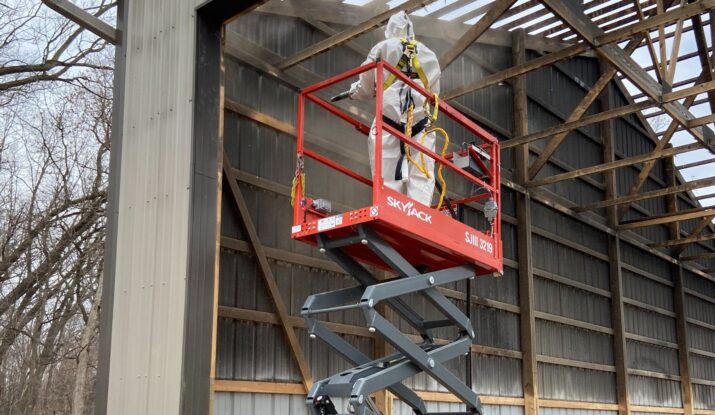Fire Damage Restoration: How to Get Your Home Back to Normal
Imagine the terrifying experience of a fire engulfing your home, leaving behind a trail of destruction and devastation. In the aftermath, you may feel overwhelmed and unsure of where to begin. Fear not, for this article will guide you through the process of restoring your home after fire damage.
From understanding the impact of smoke damage to utilizing the services of Pure One Services, we will equip you with the knowledge and resources necessary to navigate this challenging journey. Let us take your hand and assist you in turning your charred dwelling into a place of renewal and rejuvenation.
Immediate Aftermath of Fire
Contacting your insurance company
After a fire, it is crucial to notify your insurance company as soon as possible. Contact your insurance provider and inform them about the fire damage to your property. They will guide you through the claims process and help you understand the coverage available for fire restoration. Be sure to have all the necessary documents and information ready when you call, such as your policy number, a description of the fire incident, and any photographs or videos you have of the damage.
Safeguarding undamaged property
While dealing with the aftermath of a fire, it is important to protect any undamaged property from further harm. If there is still a risk of structural damage or residual smoke and soot, it is advisable to secure the undamaged areas to prevent any additional problems. This may involve boarding up windows and doors, covering furniture with tarps or plastic sheets, and keeping valuable items in a safe location away from the affected area.
Making an inventory of damaged goods
Creating a comprehensive inventory of damaged goods is essential for insurance claims and for keeping track of the restoration process. Walk through your property and note down all the items that have been damaged by the fire. Include as much detail as possible, such as the brand, model, and estimated value of each item. Take photographs or videos of the damage to provide visual evidence. This inventory will help ensure accurate compensation from your insurance company and assist fire damage restoration professionals in understanding the extent of the damage.
Inspecting and Evaluating Fire Damage
Distinguishing different types of damage
Fire damage can manifest in various ways, including direct fire damage, smoke damage, and water damage from firefighting efforts. Direct fire damage is caused by the flames themselves, while smoke damage results from the combustion byproducts and can affect areas not directly touched by fire. Water damage occurs when water from firefighting efforts saturates your home. By inspecting your property, you can identify the different types of damage and prioritize the necessary restoration efforts accordingly.
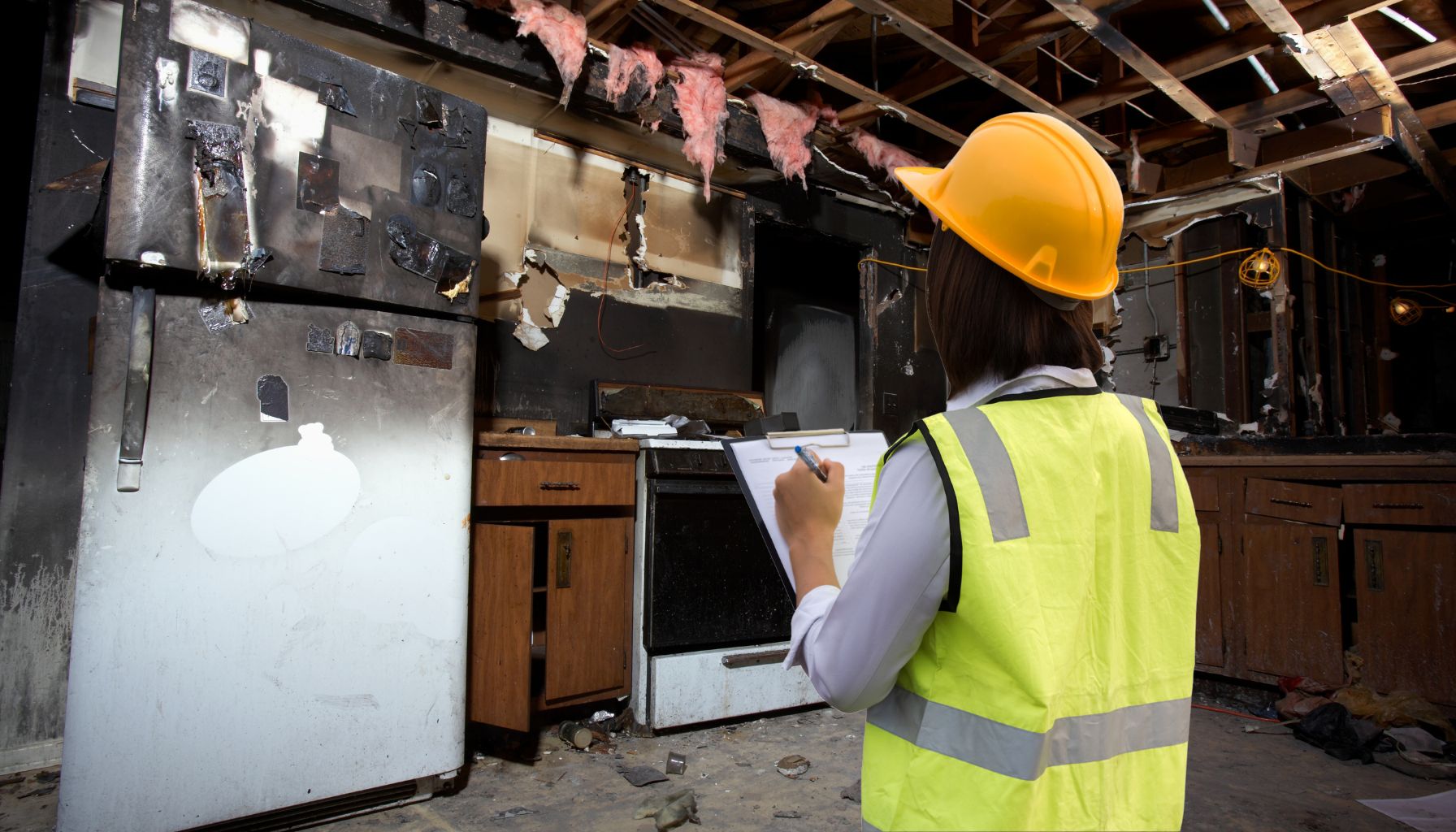
Separating salvageable from non-salvageable items
As you inspect the fire-damaged areas, it is important to separate salvageable items from those that are beyond repair. This can be a difficult task, as it may involve making tough decisions about sentimental belongings. Consider factors such as the extent of the damage, the value of the item, and whether professional restoration techniques can effectively restore it. Salvaging as many items as possible will not only save you money but also help preserve your memories and personal belongings.
Understanding the extent of smoke and soot damage
Even if your property did not sustain direct fire damage, smoke and soot can still wreak havoc. Smoke and soot particles can travel far beyond the source of the fire, infiltrating walls, furniture, and belongings. The presence of smoke and soot can cause discoloration, odor, and potential health hazards if not properly addressed. It is important to evaluate the extent of smoke and soot damage to ensure a thorough restoration process. Professional fire damage restoration experts can help assess and devise effective strategies for mitigating the effects of smoke and soot.
Hiring Fire Damage Restoration Professionals
Sourcing reputable service providers
When it comes to fire damage restoration, it is crucial to hire reputable professionals who specialize in this field. Start by asking for recommendations from friends, family, or your insurance company. Conduct online research and read reviews to ensure the service provider has a good track record. Look for certifications and licenses that demonstrate their expertise and commitment to quality work. Don’t hesitate to ask for references and interview multiple restoration companies to find the one that best fits your needs and budget.
Comparing quotes
Obtaining multiple quotes from different fire damage restoration companies is essential to ensure you are getting fair pricing and comprehensive services. Ask each company for a detailed breakdown of the services they will provide, including the cost of labor, materials, and any additional charges. Compare the quotes side by side, taking into consideration the reputation of each company and the extent of their services. Remember, the cheapest option may not always be the best choice. Consider the expertise, experience, and reputation of the restoration professionals before making a decision.
Understanding the scope of their services
Before hiring a fire damage restoration company, make sure you understand the scope of their services. Some companies may only focus on specific aspects of the restoration process, while others offer a comprehensive range of services. Ensure that the company you choose is capable of handling the specific needs of your property, including structural restoration, content cleaning, water damage mitigation, and odor removal. Clear communication is key, so discuss your expectations and ensure that the restoration professionals are aware of your specific requirements before signing any contracts.
Salvaging Personal Items
Proper handling of smoke-damaged clothes
Smoke-damaged clothes require special attention to salvage them effectively. Start by sorting the garments based on fabric type and the severity of the damage. Non-washable fabrics, such as silk or wool, may require professional dry cleaning. Launder machine-washable clothes using the hottest water recommended by the garment manufacturer and an odor-neutralizing detergent. For stubborn odors, add a cup of white vinegar or baking soda to the wash. Don’t forget to thoroughly air-dry the garments before wearing or storing them.
Salvaging photos, books, and other important documents
Preserving cherished photos, books, and important documents affected by fire damage requires careful handling. First, ensure your safety by wearing gloves and a face mask to avoid exposure to soot and other contaminants. Gently clean off loose soot with a dry, soft brush or vacuum equipped with a brush attachment. Avoid using water or cleaning products on delicate items, as it may cause further damage. If significant restoration is needed, consider seeking professional help from specialists experienced in document and photo restoration.
Assessing electronic equipment
Fire damage can severely impact electronic devices, so it is important to handle them with caution. Do not turn on or plug in any electronics that have been exposed to fire or water damage. Carefully inspect the devices for visible signs of damage such as charring, melted components, or the smell of burnt plastic. Consult with a professional technician or the manufacturer to assess the feasibility of repairing the equipment. In some cases, it may be safer and more cost-effective to replace the damaged electronics.
Initiating the Cleaning Process
Drying out water damage
Water damage caused by firefighting efforts can lead to mold growth and further structural damage if not properly addressed. Begin the drying process by removing excess water using pumps, wet vacuums, or towels. Open windows and use fans to increase airflow and aid in drying. Dehumidifiers can also be effective in removing moisture from the air. Thoroughly dry all affected areas within 24-48 hours to prevent mold growth and minimize the risk of future issues.
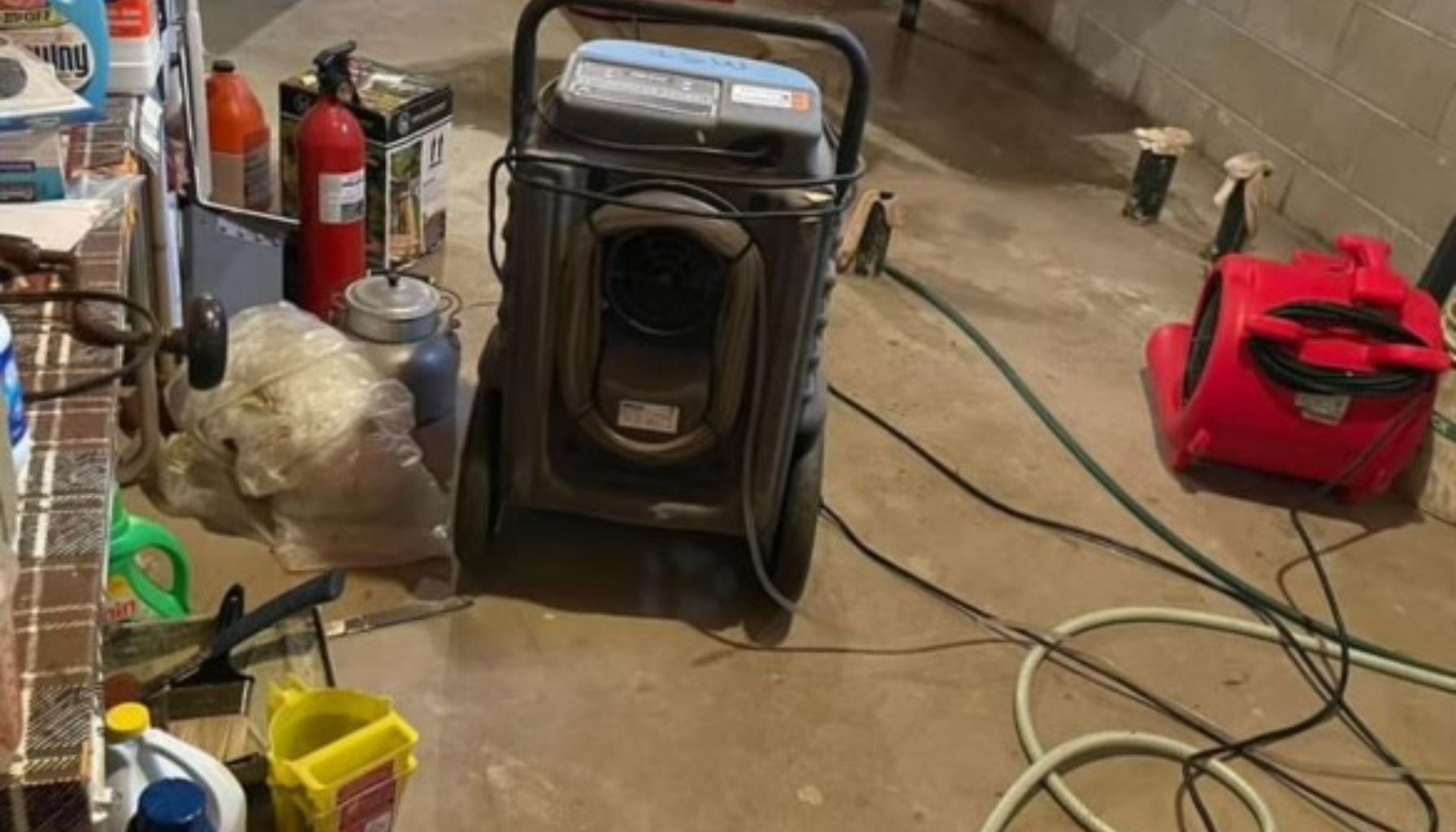
Removing soot and smoke stains
Soot and smoke stains can be challenging to remove, particularly from porous surfaces. Start by dry-cleaning or vacuuming up loose soot particles. Use a sponge and mild detergent to gently scrub non-porous surfaces, working in small sections to avoid spreading the stain. For textiles and carpets, consult professional cleaners who specialize in fire damage restoration. They have the expertise and equipment to effectively remove soot and smoke stains without causing further damage.
Deodorizing your home
The lingering smoke odor can be overwhelming after a fire, but there are several methods to deodorize your home. Begin by ventilating the space, opening windows, and using fans to circulate fresh air. Wash all removable fabrics, such as curtains, bedding, and upholstery, using odor-neutralizing detergents. Use vinegar, baking soda, or commercial odor-neutralizing sprays to eliminate odors from carpets, furniture, and hard surfaces. If the smell persists, consider using professional odor removal techniques, such as ozone generators or thermal fogging.
Structural Restoration
Replacing drywall and paint
Once the fire-damaged areas are thoroughly cleaned and dried, it may be necessary to replace damaged drywall and repaint the surfaces. Hire professionals experienced in fire damage restoration to ensure proper installation and finishing. They will assess the extent of the damage, remove any structurally compromised drywall, and replace it with new materials. After the new drywall is installed, they will prime and paint the surfaces to restore the aesthetic appeal of your home.
Repairing or replacing floorboards
Fire damage can compromise the integrity of floorboards, leading to structural issues and potential safety hazards. Inspect your flooring to identify any warping, charring, or signs of damage. Depending on the extent of the damage, professionals may need to repair or replace the affected floorboards. Hardwood floors may require sanding and refinishing to restore their original beauty. It is essential to enlist the expertise of qualified professionals in the restoration of flooring to ensure proper repairs and a safe living environment.
Restoring the roof and walls
The fire may have damaged your roof and walls, compromising their stability and leaving them vulnerable to further problems. Inspect the roof for visible signs of damage, such as missing or damaged shingles or holes. Hire roofing professionals to assess and repair any fire-related issues. Similarly, walls may require patching, sanding, and repainting to eliminate visible fire damage. Engage experienced contractors to address these structural aspects and ensure the safety and integrity of your home.
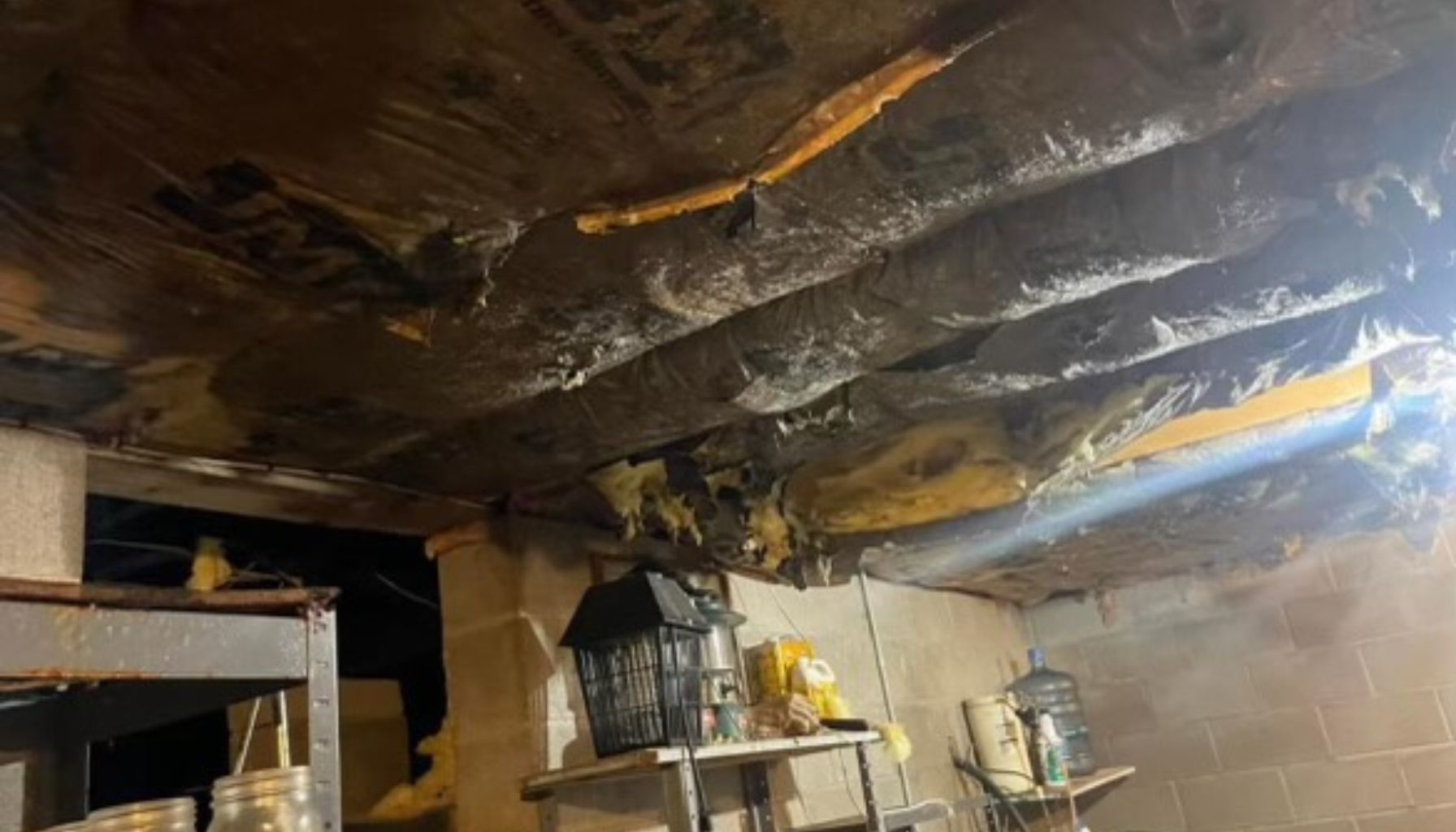
Electrical and Plumbing Repairs
Inspecting and assessing damage
After a fire, it is crucial to thoroughly inspect your electrical and plumbing systems for any damage. Look for melted wires, charred outlets, or other signs of fire-related problems. For plumbing, check for burst pipes or leaks caused by high heat or firefighting efforts. These inspections should be performed by licensed electricians and plumbers who can accurately assess the extent of the damage and identify any potential risks.
Hiring specialized contractors
Repairing electrical and plumbing systems after fire damage should always be done by specialized contractors. Attempting to fix these systems yourself can be dangerous and may result in further damage or personal injury. Engage professionals who have the expertise and knowledge to handle the complexities of fire-related repairs. They will ensure that the electrical and plumbing systems are safe, up to code, and functioning properly before you return to your restored home.
Implementing required repairs
Based on the assessments provided by the specialized contractors, proceed with the necessary repairs to your electrical and plumbing systems. This may involve rewiring, replacing damaged outlets or switches, or repairing or replacing pipes and fixtures. Follow the recommendations of the professionals and prioritize safety throughout the process. After the repairs are completed, have the systems inspected and approved by relevant authorities or inspectors to ensure compliance with regulations and standards.
Preventive Measures Against Future Fires
Installing smoke detectors
One of the most effective ways to prevent extensive damage from fires is by installing and maintaining smoke detectors throughout your home. Ensure that your smoke detectors are in working order, with fresh batteries and tested regularly. Place them on every level of your home, inside bedrooms, and near common areas. The early detection provided by smoke detectors can save lives and minimize fire damage by providing an early warning to evacuate and alert the fire department.
Storing flammable items properly
To reduce the risk of fires, it is important to store flammable items properly. Keep flammable liquids, such as gasoline or cleaning products, in well-ventilated areas away from ignition sources. Store them in their original containers or approved safety containers with secure lids. Avoid storing flammable materials in large quantities, especially near heat sources or electrical equipment. Educate all family members about the proper handling and storage of flammable items to maintain a safe living environment.
Maintaining safe cooking practices
Cooking-related fires are a common cause of residential fires. Preventing such fires starts with maintaining safe cooking practices. Never leave cooking unattended, especially when using high heat or open flames. Keep flammable materials, such as kitchen towels or pot holders, away from the stovetop. Regularly clean the hood, exhaust fan, and stovetop to remove grease buildup. Have a fire extinguisher readily available in the kitchen and ensure all family members know how to use it. By practicing caution and awareness in the kitchen, you can significantly reduce the risk of cooking-related fires.
Coping with Emotional Impact
Managing stress and anxiety
Experiencing a fire in your home can be a traumatic event that takes a toll on your emotional well-being. It is important to prioritize self-care and actively manage stress and anxiety during the fire restoration process. Seek support from friends and family, engage in activities that bring you joy and relaxation, and practice stress-reducing techniques such as deep breathing exercises or meditation. Consider talking to a therapist or counselor who specializes in trauma to help navigate and process the emotional impact of the fire.

Accessing support networks
During challenging times, it is crucial to lean on support networks. Reach out to friends, family, and neighbors who can offer emotional support, lend a helping hand, or provide temporary accommodation if needed. Local community or religious organizations may also have resources or support networks for individuals affected by fire damage. Openly communicate your needs and accept assistance when offered. Remember, you are not alone in this journey, and there are people ready to support and help you through the recovery process.
Seeking professional mental health assistance
If the emotional impact of the fire becomes overwhelming or persists for an extended period, seeking professional mental health assistance is highly recommended. Trauma manifests differently for individuals, and a trained therapist or counselor can provide the necessary tools and support to help you navigate the emotional challenges. They can assist in processing any feelings of grief, anxiety, or post-traumatic stress disorder (PTSD) that may arise from the fire incident. Taking care of your mental health is just as important as the physical restoration of your home.
Returning to a Restored Home
Assessing the completed restoration work
Once the fire damage restoration process is complete, take the time to thoroughly assess the work done by the professionals. Walk through your home and inspect each room, paying attention to the quality of repairs, cleanliness, and functionality. Check that all damaged areas have been restored, including walls, ceilings, flooring, electrical systems, and plumbing. Test all appliances, outlets, and switches to ensure they are functioning properly. If any concerns or issues arise, promptly communicate with the restoration company to address them.
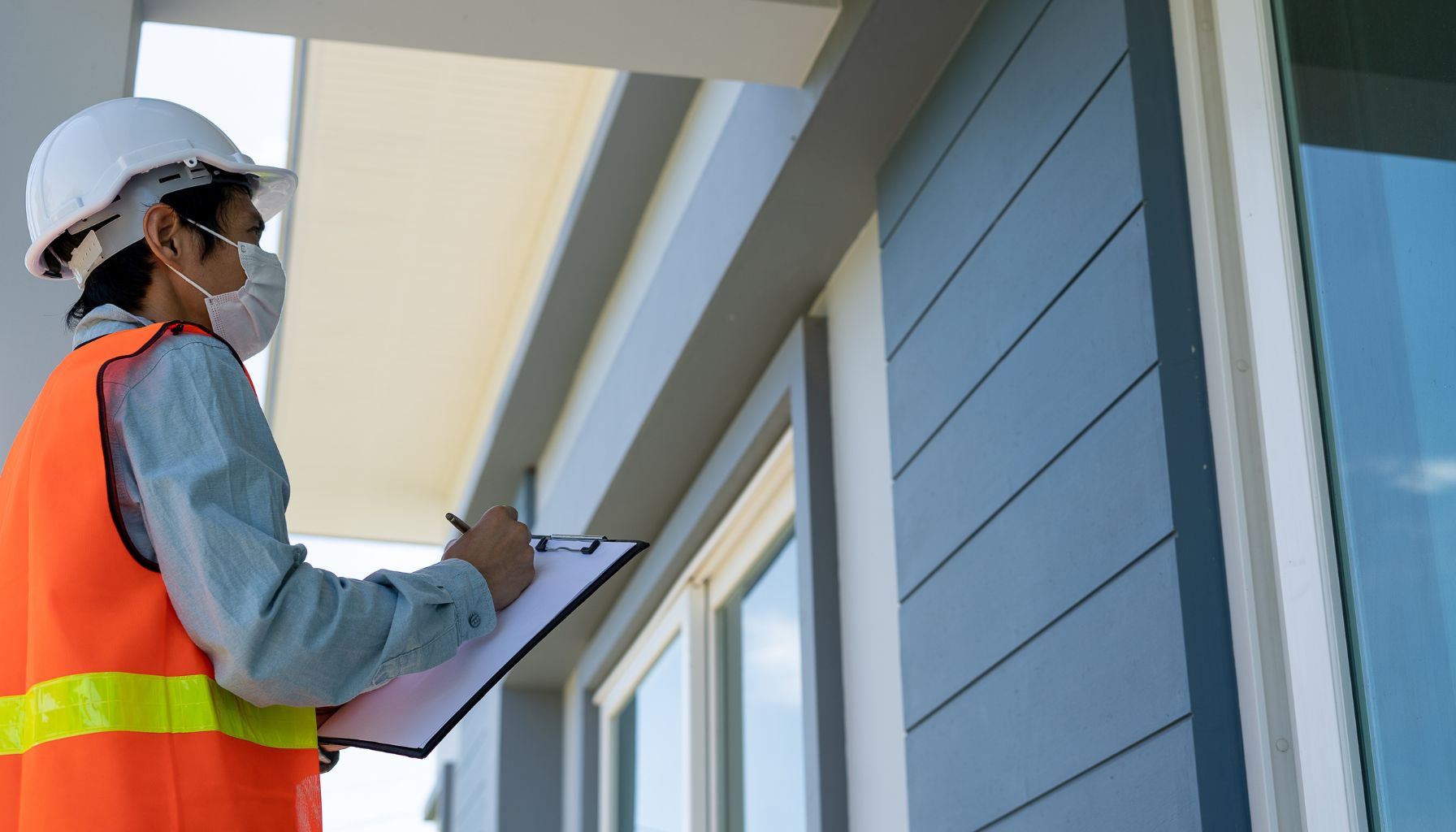
Rebuilding home life
Returning to a restored home after fire damage is an opportunity to rebuild and create a fresh start. Take the time to declutter and reorganize your belongings, ensuring that everything has its proper place. Consider making any necessary upgrades or improvements to enhance the safety and functionality of your home. Additionally, take steps to prevent future fires by implementing the preventive measures mentioned earlier. Engage your family members in discussions about fire safety and create a plan for emergencies.
Maintaining a clean and safe environment
After a fire damage restoration, maintaining a clean and safe environment is crucial for the well-being of your household. Regularly clean and dust your home to minimize the buildup of soot or other pollutants. Schedule routine maintenance for your electrical and plumbing systems to ensure their continued functionality and safety. Stay vigilant with fire safety practices and conduct periodic checks of smoke detectors. By prioritizing cleanliness and safety, you can help prevent future fire incidents and maintain a comfortable living space for you and your loved ones.
Contact PureOne Services Now
Disclaimer: All PureOne Services locations do not hold all of these listed certifications.



